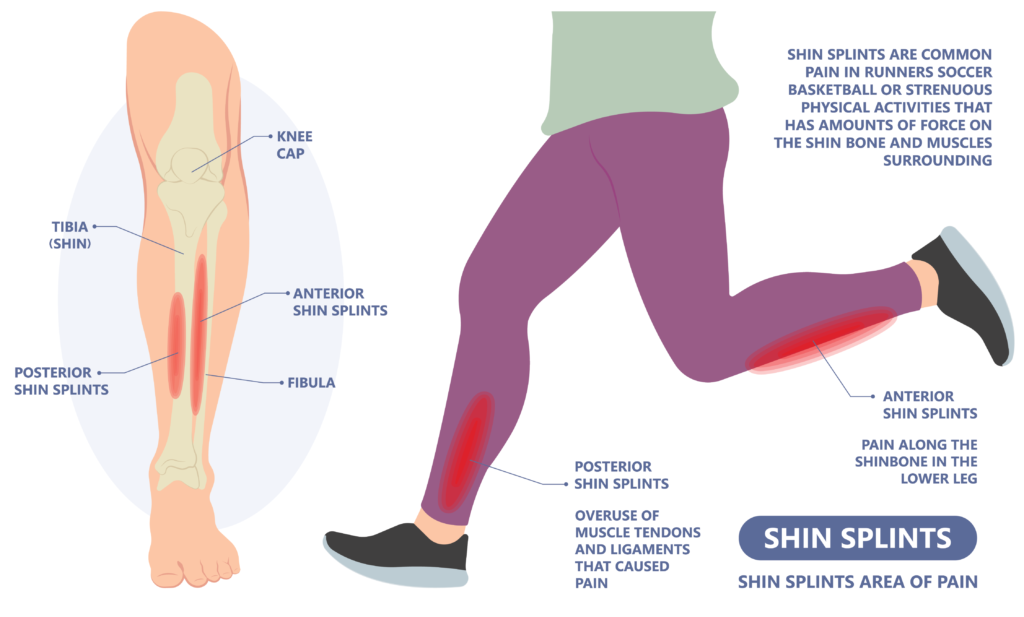Osgood-Schlatter Disease Explained: Treatment and Tips for Active Adolescents
Have you noticed your child experiencing knee pain? This can be especially concerning, particularly when it interferes with their active lifestyle. One condition that commonly affects adolescents, especially those involved in sports, is Osgood-Schlatter Disease (OSD). It is also known as traction apophysitis of tibial tuberosity mostly seen in active and adolescent populations (9-15 years of age).
Causes and Risk Factors
The quadriceps muscle inserts into the tibia via the patellar tendon. In children and adolescents, the area of the tibia where the patellar tendon attaches is around the location of the growth plate. Until the growth plates fuse with age, this area remains weaker in the bone. Forceful and repeated contraction of the quadriceps can injure the growth plate, and in severe cases, it may lead to a partial avulsion of the tibial tubercle apophysis.
Recognizing the Signs and Symptoms
If your child is dealing with Osgood-Schlatter disease, you might notice the following signs:
- Pain on palpation of tibial tuberosity
- Pain worsens with sports activity such as jumping or kneeling
- Decreased mobility and flexibility of the knee joint
- Affected ADLs and decreased strength
- With or without swelling (mainly around inferio-patellar)
The diagnosis is typically made through a combination of a thorough subjective and objective examination. In severe cases where avulsion is suspected, further investigation may be needed.

Recognizing the Signs and Symptoms
If your child is dealing with Osgood-Schlatter disease, you might notice the following signs:
- Pain on palpation of tibial tuberosity
- Pain worsens with sports activity such as jumping or kneeling
- Decreased mobility and flexibility of the knee joint
- Affected ADLs and decreased strength
- With or without swelling (mainly around inferio-patellar)
The diagnosis is typically made through a combination of a thorough subjective and objective examination. In severe cases where avulsion is suspected, further investigation may be needed.
Treatment and Management
While Osgood-Schlatter disease is often a self-limiting condition, the pain can persist for up to two months if left untreated. With physiotherapy, the extent of damage can be reduced.
In acute stages, in which reliving the pain is the main goal, the “POLICE” protocol can be followed.
- Protection
- Optimal loading
- Ice
- Compression
- Elevation
Further recommended strategies for the chronic stage or return to sport include education on precautions, prevention, and activity modification, as well as exercise therapy and manual therapy.
Contact us today!
At Health Plus Physiotherapy, we create personalized treatment plans tailored to your needs, helping you move better, feel stronger, and live pain-free.
Book a consultation or appointment today!

Other Links
- Copyright 2024.
